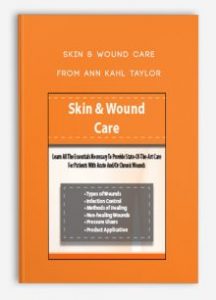 Skin & Wound Care from Ann Kahl Taylor
Skin & Wound Care from Ann Kahl Taylor
More information about Medical:
Medicine is the science and practice of establishing the diagnosis, prognosis, treatment, and prevention of disease.
Medicine encompasses a variety of health care practices evolved to maintain and restore health by the prevention and treatment of illness.
Contemporary medicine applies biomedical sciences, biomedical research, genetics, and medical technology to diagnose, treat, and prevent injury and disease,
typically through pharmaceuticals or surgery, but also through therapies as diverse as psychotherapy, external splints and traction, medical devices, biologics, and ionizing radiation, amongst others.
Medicine has been around for thousands of years, during most of which it was an art (an area of skill and knowledge) frequently having connections to the religious and
philosophical beliefs of local culture. For example, a medicine man would apply herbs and say prayers for healing, or an ancient philosopher and physician would apply bloodletting according to the theories of humorism.
In recent centuries, since the advent of modern science, most medicine has become a combination of art and science (both basic and applied, under the umbrella of medical science).
While stitching technique for sutures is an art learned through practice, the knowledge of what happens at the cellular and molecular level in the tissues being stitched arises through science.
Description:
- Yikes! Maggots!
- Leg & foot ulcers: Get them healing now
- Wound measurements & cultures: Are you doing them right?
- The latest wound dressings and products
- Proven wound prevention tricks
- Infection control strategies
- Tips for patient adherence
Wound care expert, Ann Kahl Taylor, MS, RN, CWOCN, has been in your shoes. She struggled to manage a busy schedule and heavy patient load, and still keep up with all of the changes in wound care protocols, products and treatment options. Then she did something about it – she started teaching nurses, physical therapists, occupational therapists and physician assistants. And in one short day, she can teach you assessment and treatment techniques you didn’t know, and bring your skin and wound management skills to a new level!
Learn the latest intervention strategies for successful skin and wound care, including
- cleansing, debridement and dressing application
- infection control challenges and solutions
- the best methods for documenting skin and wound care
- the latest products for cleansing, moisturizing, sealing, protecting
- dressing options and selection rationale
Ann’s evidence-based research and vast clinical experience, coupled with photographic examples and her consultative approach, allow her to deliver this material in a style conducive to learning and real world application. Register today for this wonderful learning opportunity!
OUTLINE
Wound and Skin Care Challenges
- Traumatic Lesions
- Skin Tears
- Surgical
- Pressure Ulcers
- Controversies & Trends in Staging
- Deep Tissue Injury
- The Specifics on Heel Ulcers
- Pressure Management
- Infection
- Candida
- Colonization
- Obtaining Wound Cultures the Right
- Way
- Dehisced Surgical Wounds
- Necrotizing Soft tissue Infections
- Grafting
- Cellulitis
- Chronic Sub-Clinical Infections
- Osteomyelitis
- Circulatory Disorders
- Vascular Lesions
- Arterial Insufficiency
- Venous Stasis disease
- Special Population Considerations
- Diabetic
- Bariatric
- Neonatal
- Advanced Age
Achieving Successful Wound Healing
- Overcoming Common Impediments
- Nutritional Challenges
- Unintentional Weight Loss
- Malnutrition
- Protein-Energy Malnutrition (PEM)
- Tissue Perfusion & Oxygenation
- Necrosis
- Nutritional Challenges
- Wound Assessment
- Location
- Age
- Measurement
- Base
- Odor
- Drainage
- Wound Edge
- Pain
- Wound Staging
- In-depth Description of
- Stage 1, 2, 3, 4
- Suspected Deep Tissue Injury (SDTI)
- Unstageable Wounds
- Case Studies
- In-depth Description of
- Topical therapy
- Dressing Selection & Use
- Antimicrobials
- Pain Management
- Cost/Reimbursement Considerations
- Debridement
- Treatment Choices
- Pulsed Lavage
- Maggot Therapy
- Moist Wound Healing
- Exudate Management
- The Latest in Dressing Options
- Avoiding Maceration
- Negative Pressure Wound therapy
- Active Therapy: Vacuum-Assisted
- Wound Closure
- Usage Tips
- Issues and Complications
- Adjunctive Wound Therapies
- Ultrasound
- Estim
- Discharge Planning/Plan of Care
Strategies for Continence Care
- Skin Cleansing Techniques
- Moisture Management
- Treatment Strategies
- Pharmacological
- Fecal Containment Devices: Beyond
- Traditional Rectal Tubes
- Surgical
- Barrier Ointments & Creams
Tips, Tricks & Techniques for Ostomy & Fistula Care
- Choosing the Right Appliance & Accessories
- Pouch Application Techniques
- Products for Gaps/Defects
- Crusting: Treatment of Peri-Stomal Skin Damage
Beyond Treatment: Safeguarding Your License & Practice
- Reimbursement
- Documentation & Coding Strategies
- National Treatment Guidelines
OBJECTIVES
- Explain the comprehensive plan of care to promote optimal wound healing.
- Identify characteristics of vascular, neuropathic and pressure ulcers, including deep tissue injury.
- State several new interventions useful to support successful wound healing.
- Differentiate between urostomy, ileostomy and colostomy.
- List effective strategies and techniques for simple and complicated ostomies.
- Identify appropriate interventions for urinary and fecal incontinence.
- Implement tools to assist with assessment and management of patients with wounds, ostomies and incontinence.


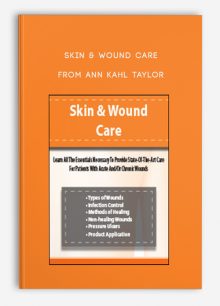

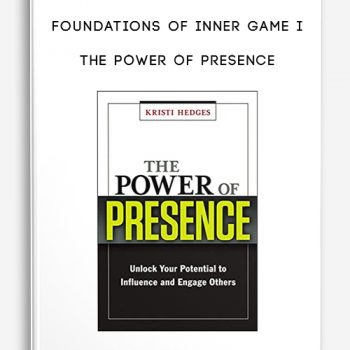

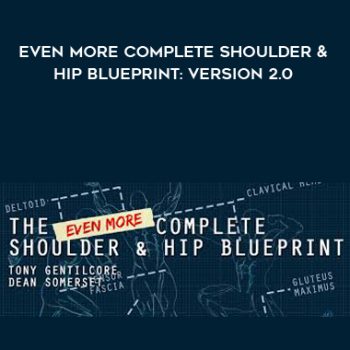


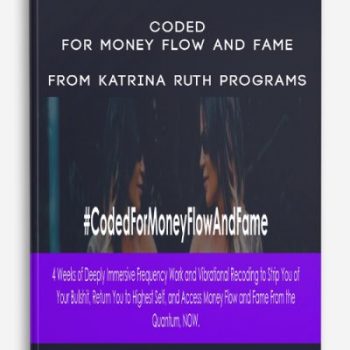



tristian –
This is Digital Download service, the course is available at Coursecui.com and Email download delivery.